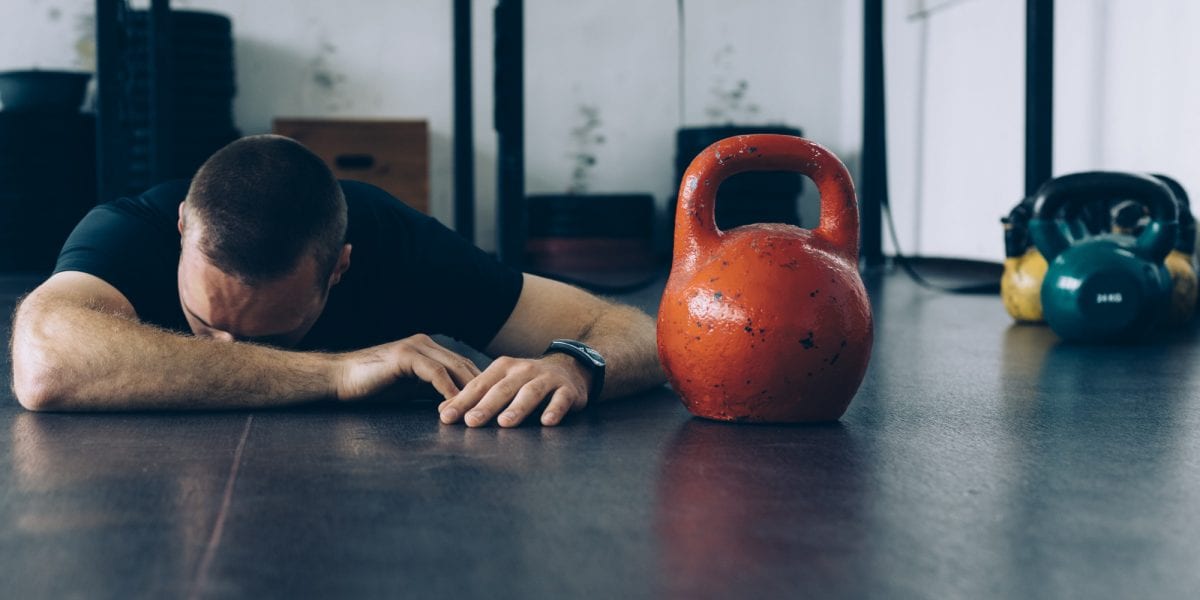Do you know that membership in fitness facilities ballooned to 57.25 million in 2016? It means that more people are taking a step closer to being physically fit. Although around 67% of these people rarely or never use their membership, there’s still a significant number of members left who are regularly hitting the gym to stay in shape.
On the plus side, if you’re one of them, congratulations on observing a healthy lifestyle. With less than 5% of adults performing at least 30 minutes of physical activity every day, taking the first step to a better health already deserves commendation.
Then again, like running or playing sports, it doesn’t come without risks. In 2009, 1,500 people sought medical care in emergency departments after sustaining injuries from various equipment at the gym. Therefore, it’s important to be aware of these common injuries, how you can prevent them and what to do in case any of them happens.
Most Common Gym Injuries
-
Falls and trips. The reason why you see signs that read “Return weights to their rack after use” at the gym is to protect others and yourself from accidentally tripping over them, which can result in injuries.
-
Shoulder labral tear. If you’re performing a military or chest press, you can tear your shoulder joint because of a repetitive motion or a sudden pull. It is characterized by a locking, grinding, catching or clicking sensation, and pain in the shoulders when lifting heavy objects. You might also lose your strength in the affected area.
-
Bicep tendon rupture. A rupture is more common in the shoulder but can also occur in the elbow. It may result from curling a weight that’s too heavy for you. Aside from pain, you will also feel a popping or snapping sensation in your shoulder or elbow along with some bruising and swelling.
-
Sprains and strains. Most common body parts affected are your wrists, thumb, and ankles. These injuries are commonly caused by sudden movements, awkward twists, and improper use of gym equipment. Insufficient warm-up and stretching exercises can also contribute to the development of these injuries.
-
Pectoral injury. This usually happens when you’re attempting to lift weights which are way heavier than what you’re used to and you are not strong enough to handle yet. It usually presents with a tearing sensation that runs from your chest to your upper arm. Some bruising and swelling of the injured site may also be observed.
-
Hernias. If your abdominal muscles aren’t strong enough and you force yourself to strain while lifting heavy weights, you are putting yourself at risk for developing a an abdominal hernia. Although it develops gradually, an early treatment results in a better outcome.
Injury Prevention
-
Lift only the weights that you can handle. Ease your way in by building your strength and endurance.
-
Warm-up and stretch before working out. This will loosen your muscles and help prevent back strains. It’s particularly important prior to lifting heavy weights.
-
Cool-down for 5 to 10 minutes to help your breathing and heart rate slowly go back to normal.
-
If you’ve been injured before, consult with your doctor whether it’s safe to go back to your workout routine.
-
Wear additional support and protective equipment to prevent the recurrence of your injury. An ankle brace, a wrist brace, or a thumb brace for an effective pain reduction approach are usually worn after a sprain injury. Hernia belts are effective in supporting your abdomen after a hernia surgery.
-
Cross-train by varying your workout routines. This will not only avoid overuse injuries but also help strengthen other parts of your body to further cushion the joints and ligaments against damage or tears.
-
Listen to what your body is telling you. A little soreness may be normal but when your arms start to wobble when you lift weights, it only means that you’re not yet ready for something that heavy. Once you feel any pain form of pain, immediately stop the activity.
-
Fuel up before, during, and after your workout. Aside from hydrating with water or a sports drink, make sure you consume a light meal or snack at least an hour prior to hitting the gym. Eating foods high in protein post-workout can help your muscles recover.
-
Get enough rest. You don’t need to be at the gym 7 days a week because that will do more harm than good. Schedule your exercise at least 24 hours apart to give your body enough time to heal itself.
Working out at the gym, like any other strenuous physical activity, involves risk for injuries. Observing these safety precautions, however, can help minimize your injury risk and consequently maximize your performance with every session.








